There are about 8.7 million animal species worldwide, of which around 27% are now threatened with extinction. Unfortunately, humans have been responsible for the majority of these threats. These include hunting, habitat loss and destruction, pollution, invasive species, and climate change.
The arrival of the Industrial Age in the 19th century brought a significant change in our relationship with animals, from living in relative harmony as hunter/gatherers to exploiting them as commodities for consumption or as a means to produce food and other products for us.
Since then, we’ve lost over two-thirds of our wildlife through human-induced activities. Find out more about the most endangered species and how to protect them.
Factory Farming and Extinction
When looking at the influence of climate change on endangered species, it is critical to understand the relationship between factory farming and extinction. The factory farming industry is responsible for causing many of the endangered species worldwide to cease to exist, mainly because of deforestation, pollution, global warming, and animal cruelty.
With a growing list of endangered species, eliminating factory farming and mending our broken food system is becoming increasingly important. If we do not address the climate problem and minimize environmental conditions, research shows that one in every six species on Earth may become extinct.
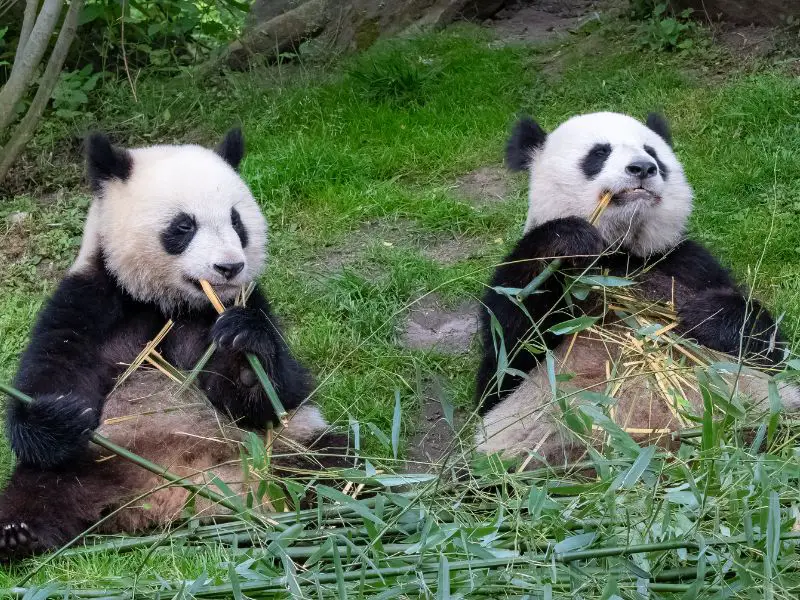
What’s Considered an Endangered Species?
An endangered species is any species at risk of becoming extinct because it is threatened or endangered by human activities or by the effects of climate change. There are many species of plants and animals that are endangered. Some have been hunted to the brink of extinction for their fur or feathers, while others have suffered the destruction of their habitat to the point of no return.
What’s the Endangered Species Act?
The United States Endangered Species Act is the nation’s primary law for protecting threatened or endangered plants and animals. It was engraved into law by President Richard Nixon on December 28, 1973.
The ESA serves as vital protection to prevent the extinction of native flora, fish, and animals. The ESA was enacted to “preserve and protect endangered and threatened species and their habitats, as well as provide financial aid and incentives for states to build and maintain conservation programs.” By meeting these obligations, the ESA helps protect the United States’ international commitments to multinational conservation laws.
How Many Species Are Considered Endangered?
According to the International Union for Conservation of Nature, approximately 40,000 known species are on the verge of extinction.
While that number appears to be high, the ICUN Red List considers animal, fungal, and plant species and data on population size, habitat, ecology, and distribution. It also monitors the risks of those species. They also assist in making preservation efforts.
10 Most Endangered Species
Human activity has drastically impacted the Earth’s biodiversity and contributed to hundreds of species extinction over the last century. Conservation efforts have slowed the extinction rate, but greater attention and action are needed to save the many animal species on the brink of extinction. These species are in urgent need of immediate action before they become extinct.
1. Giant Panda
Giant pandas live in bamboo forests in China, and they are one of the few bear species that still exist today. Only about 1864 giant pandas are left in the wild, which is so tiny compared to its population just twenty years ago. Habitat loss and fragmentation because of logging and development, poaching, and human encroachment threaten this species’ survival.
The Chinese government is taking action to protect this national treasure by banning logging and other human activities in the panda’s natural habitats. Pandas are also famous at zoos worldwide, but breeding in captivity is difficult and only results in about one panda for every two born in the wild. Their low reproductive rate, combined with their dwindling population, makes this species one of the most endangered in the world.
2. Mountain Gorilla
Mountain gorillas live in remote mountain ranges in Africa and are closely related to humans. Habitat loss, hunting, and human encroachment threaten their habitat. Their population has declined by more than ninety percent in the past fifty years, and they now number fewer than a thousand living in the lush mountains of central Africa.
The International Union for Conservation of Nature lists mountain gorillas as critically endangered. A captive breeding program is helping preserve this species, but wild populations are declining drastically every year.
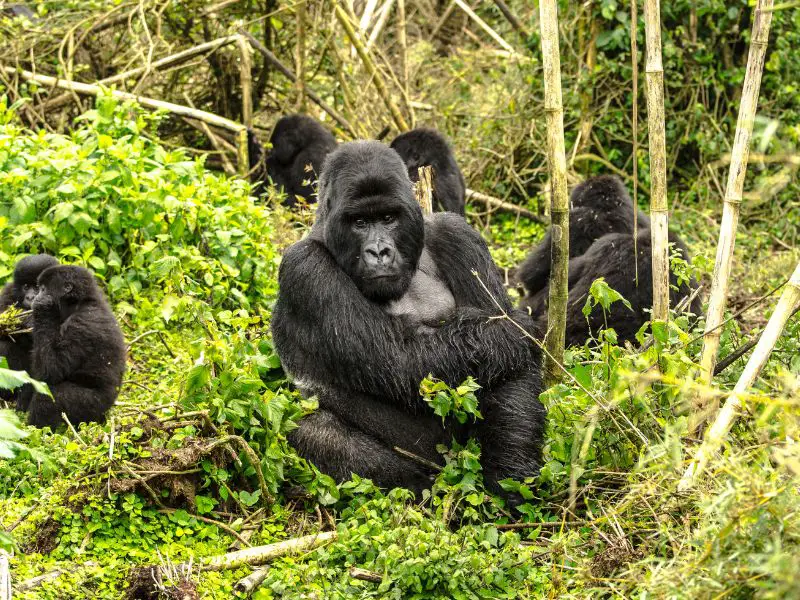
3. Black Rhinoceros
The Black Rhinoceros has been heavily hunted for its horn for hundreds of years, and its numbers have dwindled to less than 98%.
However, the species has incredibly recovered from the edge of extinction. Consistent conservation efforts across Africa have resulted in black rhino numbers doubling from a record low 20 years ago to somewhere between 5,042-5,455 today.
The black rhino, on the other hand, is still considered severely endangered. Climate change and poaching for their horn for astonishingly high earnings are thought to be two primary factors for the species’ decline. There is still a lot of work to get the numbers back to even a fraction of what they were.

4. Siberian Tiger
Tigers once roamed all over Asia, but habitat loss from deforestation has caused their numbers to decline dramatically. Today, as few as a hundred Siberian tigers are left in the wild. This species once ranged from eastern Russia to northern China, but today it is limited to small areas of northeastern China and some regions of Russia.
Many conservationists fear that if the tiger population continues to decline at this rate, they will become extinct within the next few decades. To save the species, the Russian government has banned all hunting activities and established a national park to protect the habitat of the Siberian tiger. However, poaching remains a threat to the species, so additional protection is needed to ensure these majestic creatures’ survival.
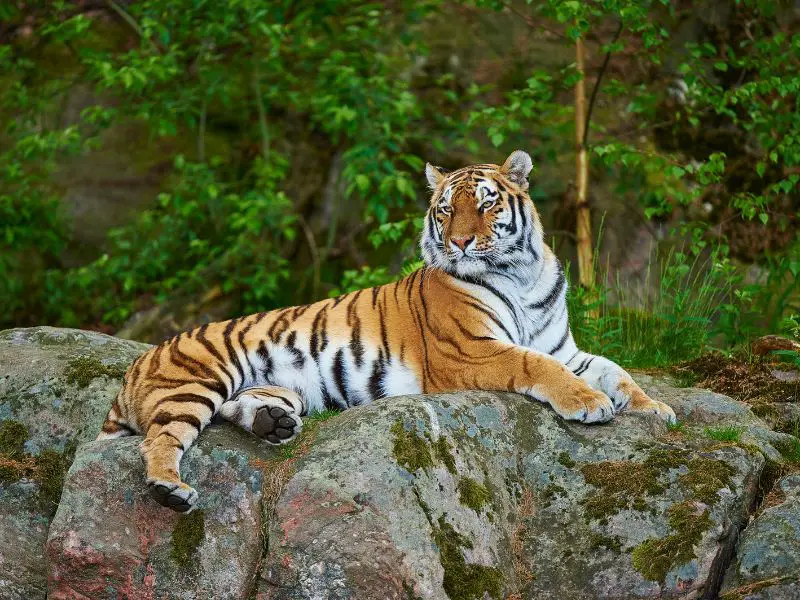
5. Asian Elephants
The Asian elephant is the second largest land mammal in the world and is in danger of extinction because of human activity, such as deforestation, poaching, and encroachment on its territory. The ivory demand has threatened the species’ survival for many decades now.
Is estimated that around one hundred elephants are killed daily for their tusks. In some countries, elephants are also killed for their meat or skin or as retaliation for crop raiding or attacks on people.
Asian elephants were listed as Endangered under the U.S. Endangered Species Act (ESA) in 1976, and commercial trade of these elephants is strictly prohibited by law.

6. Leatherback Sea Turtles
Leatherback sea turtles are the largest sea turtle species. They grow to over six feet long and can weigh over two thousand pounds! They have a distinctive leathery shell and a snout that projects above water when they dive for food. These fascinating creatures can live up to sixty years. Unfortunately, Leatherback sea turtles are facing threats from human activities such as commercial fishing, pollution, and extensive egg poaching.

7. Snow Leopards
The snow leopard is one of the most beautiful animals on the planet. It lives in the high mountains of Asia and India, where it has adapted to cold temperatures and low food availability. This big cat is a specialist carnivore that feeds primarily on deer and other medium-sized mammals. Snow leopards are threatened by habitat loss due to deforestation, human encroachment on their habitat, and capture for illegal trade.
Snow leopard conservation programs have successfully protected snow leopard habitats and reduced threats to their populations in Asia. Efforts have also been made to improve law enforcement and increase public awareness of snow leopard conservation issues throughout their range in both Asia and India.
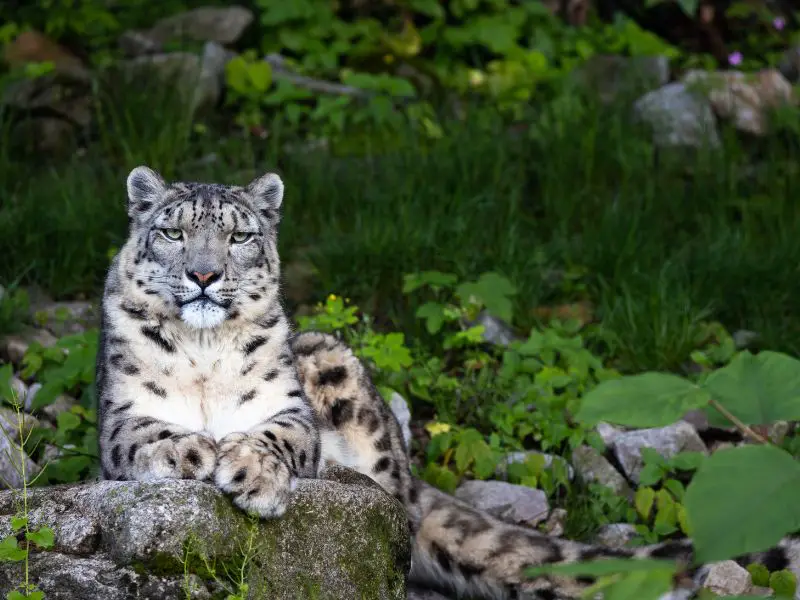
8. Galapagos Penguins
The Galapagos penguin is the only penguin species that lives outside of Antarctica. And it’s the only penguin species that breeds during the middle of the year instead of during the colder winter months. That’s pretty amazing. But these fantastic birds are in danger.
Humans have impacted the natural habitat of the Galapagos Penguin by disturbing nesting sites, collecting eggs for food, and even introducing invasive species to the islands. Plus, the main driver of their extinction is climate change. When the oceans warm up, there is less food. When there aren’t any fish, these penguins stop reproducing and leave their young behind. There are only about 2000 Galapagos penguins that remain in the wild.
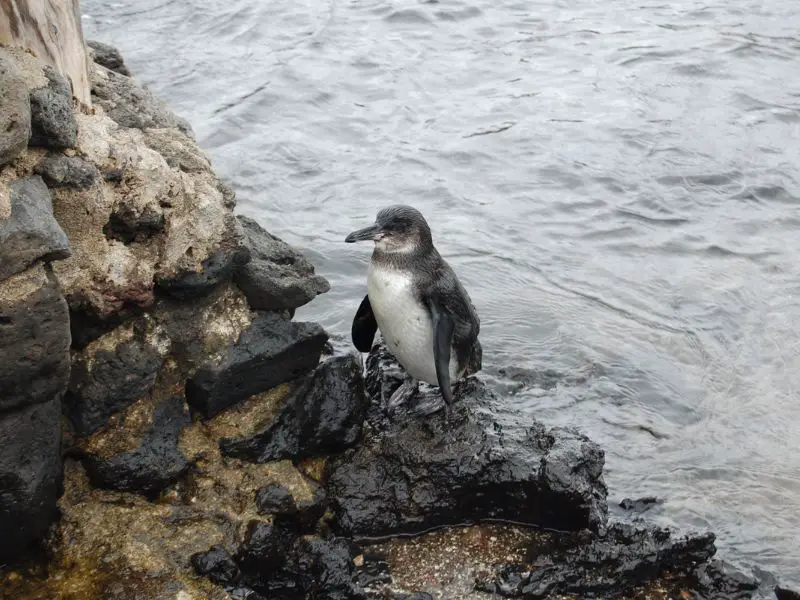
9. Fin Whales
Fin whales are one of the tallest animals in the world. They can grow to be over sixty feet long. But unfortunately, their numbers are dwindling due to hunting, underwater noise pollution, and commercial whaling activities.
Today, fin whales are listed as endangered under the U. S. Endangered Species Act and protected by international law. Although there has been some progress in banning certain commercial whaling activities and protecting critical habitats, there is still a long course to go before these magnificent creatures are fully recovered.
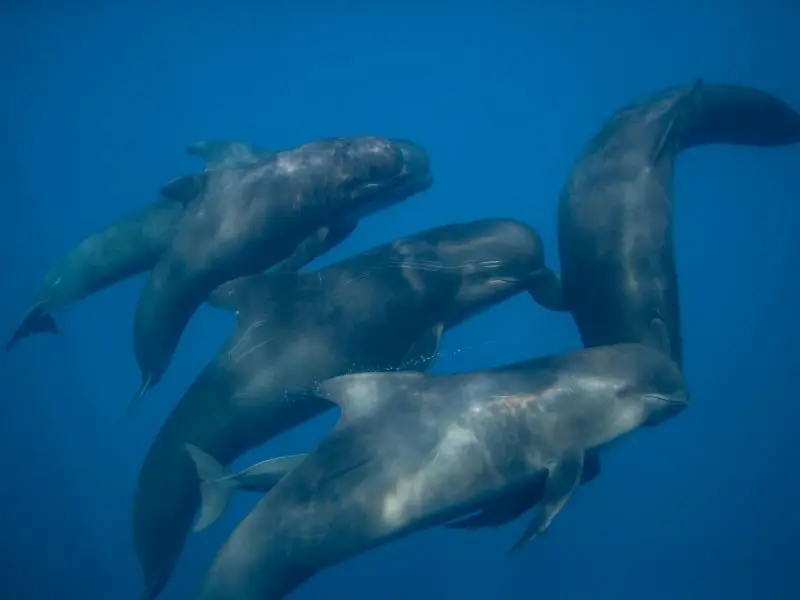
10. The Little Dodo Bird
The tooth-billed pigeon (Didunculusstrigirostris), commonly known as the manumea, is a member of the genus Didunculus, which means “little dodo.” The Little Dodo Bird, or tooth-billed pigeon, is a dark pigeon with crimson feet and exposed skin around its eye. This bird is endemic to Samoa and is only 12 inches in length.
It has been revealed that they share genetic similarities with the dodo. The tooth-billed pigeon is classified as critically endangered. According to surveys, 70 and 380 individuals are left in the wild, and there is no captive population.
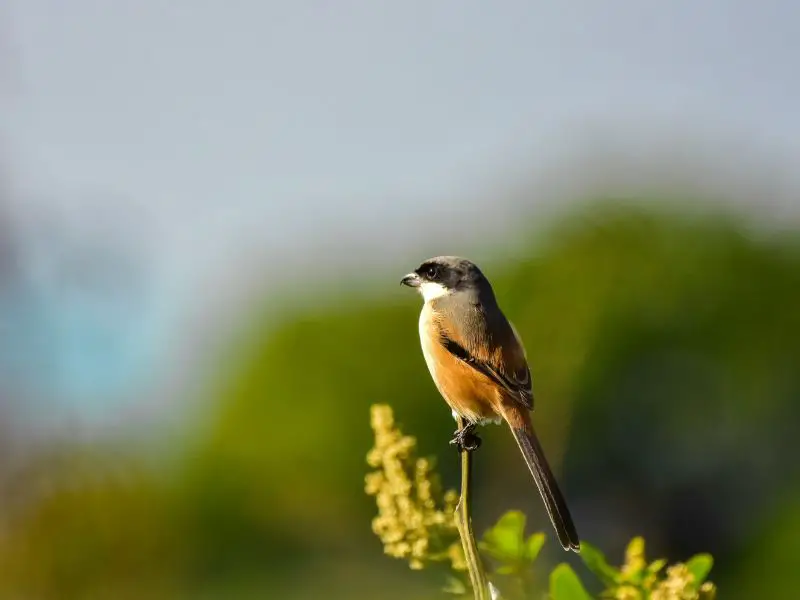
Author’s Note
There are many endangered species worldwide. Many of these species are in peril of extinction if not for some governments and private organizations’ worldwide conservation efforts. We may not recover them all, but we can all do our part to help raise awareness about their plights and support fund conservation efforts for those still with us. The environment is our friend; the environment is our teacher; we must not destroy it. When we turn our backs on the environment, we turn our backs on life itself.
Best Eco Advice You Should Read: Overview of Container Homes, E-Waste Recycling, Greta Thunberg Story, and How to Live a Greener Lifestyle


Pretty! This has been a really wonderful post. Many thanks for providing these details.